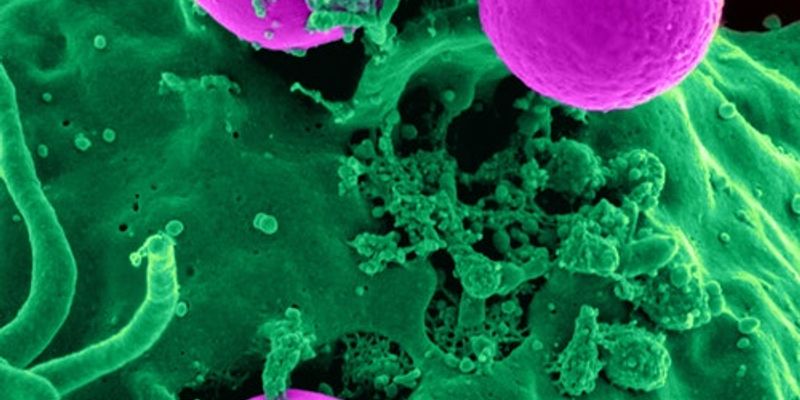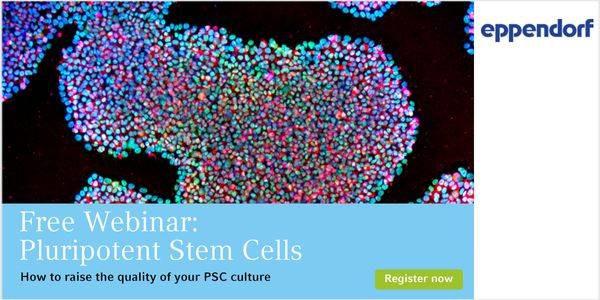Proliferation
Proliferation: is the process that results in an increase of the number of cells. It is defined by the balance between cell divisions and cell loss through cell death or differentiation.
-
DEC 03, 2018 | 11:00 PMDATE: December 4, 2018TIME: 8:00am CET PSCs represent an important tool in a wide range of applications, including basic research, disease...NOV 01, 2018 | 12:00 AMDeriving deeper biological insight & improving productivity in immune-cell biologyThe most common in vitro methods for immunologists to analyze cells of the immune system are flow cyt...NOV 01, 2018 | 12:00 AMAlongside intense efforts to exploit T-cells as immunotherapies for cancer (e.g. checkpoint inhibitors, CAR-T, T-cell metabolism), researchers are increasingly considering other immune cell t...In the past two decades a small number of infrequently dividing cells have been proposed as the source of multi-drug resistance during cancer treatment. These cells identified by their expres...Speaker: Krastan Blagoev, PhD
To date the anatomic extent of tumor (TNM-classification) has been by far the most important factors to predict the prognosis of cancer patients. However, this classification provides limited...
Speaker:
Jerome Galon, PhD
Molecular analyses of cancer biology have tended to segregate between a focus on nucleic acids – DNA, RNA and their modifications – and a focus on proteins and protein function. P...
Speaker:
Karin Rodland, PhD
OCT 01, 2018 | 12:00 AM
Pancreatic β cell replacement therapy is considered as a potential strategy to treat diabetes. To date, transplantation of pancreatic islets from cadavers is the most effective approach...
Room air conditions are hypothermic, hypocapnic and hyperphysioxic from the cells’ point of view. Yet we stress cells with these uncontrolled conditions routinely. It is no wonder that...
Early adverse exposures, such as maternal stress during pregnancy and child abuse, are thought to result in long-lasting consequences on neural circuit function and stress hormone regulation...
Speaker:
Peter O'Toole, PhD
, Rakesh Suman, PhD
Presented at: Cell Biology Virtual Event Series 2018
SEP 20, 2018 | 9:00 AM
DATE: September 20 2018TIME: 09:00am PDT, 12:00pm EDT Harnessing the immune system has emerged as a powerful therapeutic strategy in oncology. However, the limited...
Triple-negative breast cancer (TNBC) has poor prognosis with frequent relapses and deaths using current standard of care treatments. Metabolic reprograming is now recognized as a fundam...
Speaker:
Steven Gross, PhD
Mesenchymal stem cell (MSC)-derived exosomes mediate tissue regeneration in a variety of diseases including ischemic heart injury, liver fibrosis, and cerebrovascular disease. Despite an incr...
Speaker:
Juliane Nguyen, PharmD, PhD
Studies have demonstrated how cannabis may contribute to cancer treatment not only by treating symptoms but also by: cancer cell apoptoss, anti-proliferation, anti-metastatic and anti-angioge...
























